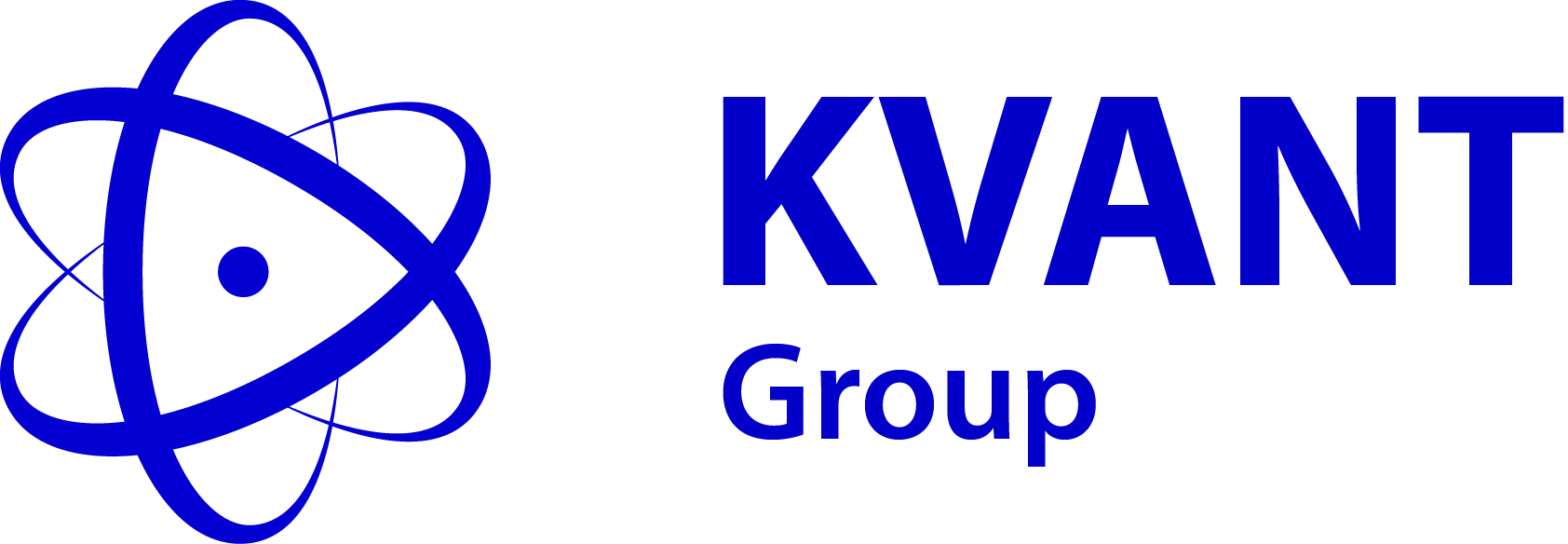Thermal neutron detector with ZnS(Ag)/LiF
Motivation for the development of a solid-state scintillator thermal neutron counter.
- Leak of 3He gas from traditional counters of thermal neutrons.
- High cost of helium counters and associated electronics.
- The difficulty of preparation of helium counters for measurements (High voltage supply, counting characteristics, thresholds).
- Normal counters with ZnS(Ag)/LiF and WLS-fibers transmit only 5% of the light from the scintillator to the photomultiplier. The efficiency of such detectors achieves 75%. The disadvantages are the use of high-voltage sources and photomultipliers. The use of WLS-fibers increases the sensitivity of the counters to gamma rays.
The design of the prototype neutron counter.
We tried to make a solid-state scintillator with parameters similar to helium thermal neutron counters in this project. We create counters for thermal neutrons , containing a ZnS(Ag)/LiF, the optical light guide from an Plexiglas, and two micropixel avalanche photodiodes. Counter dimensions are 100 x 15 x 6 mm3. The own efficiency of the counter was 75%.

Parameters of the neutron counter.
- Variable active area of the counter
- Scintillator ZnS(Ag)/LiF with efficiency of 46%
- Own efficiency of the counter was 75%.
- The count rate of detector is better than 105/s
- Gamma sensitivity on the order of 10-7
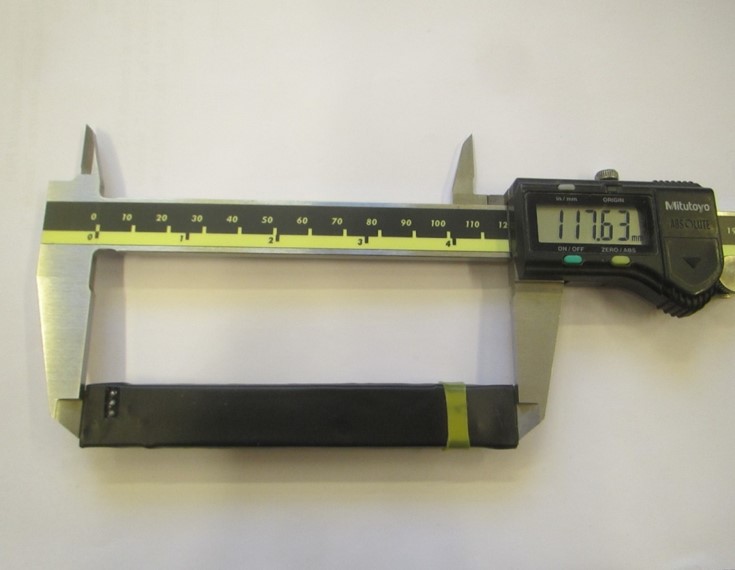
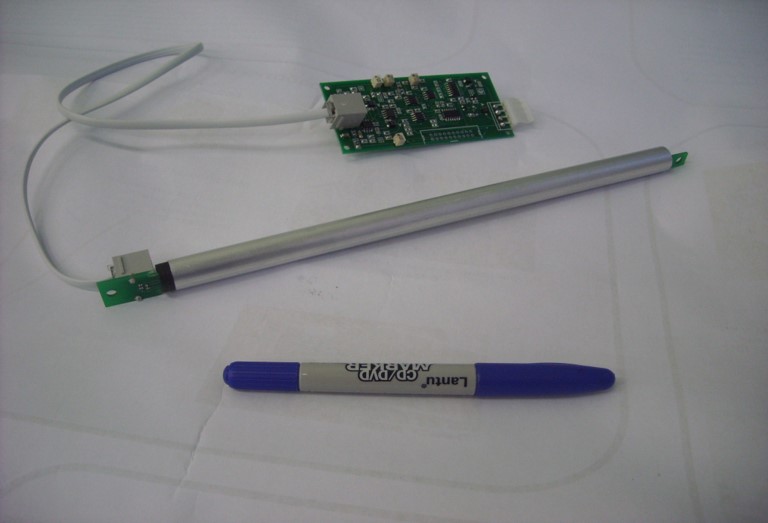
Fig 2.Photo of various detector options
Ringneutron scintillator detectorsbased on SiPMand optic lightglide.
Based on these detectors, a ring detector was also created. The detector consist 12 independence channel.

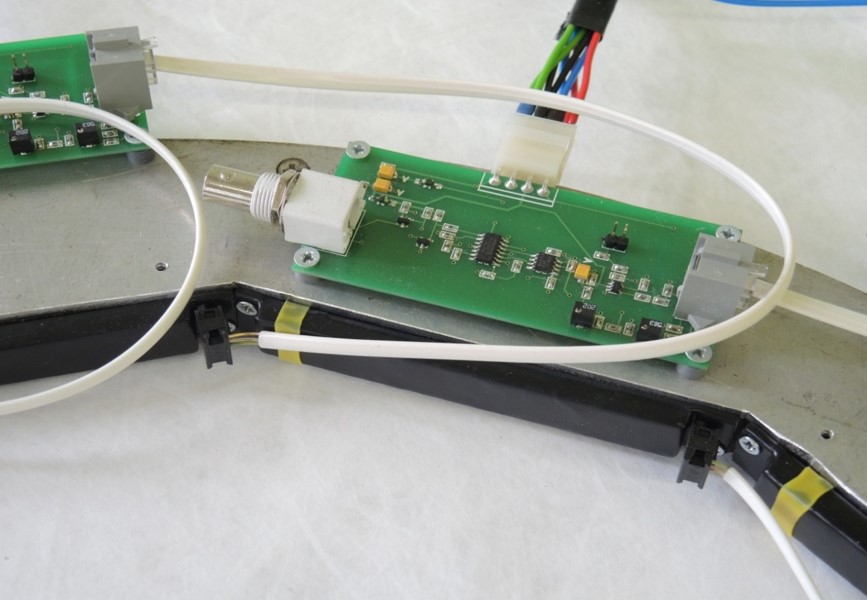
First experimental data.

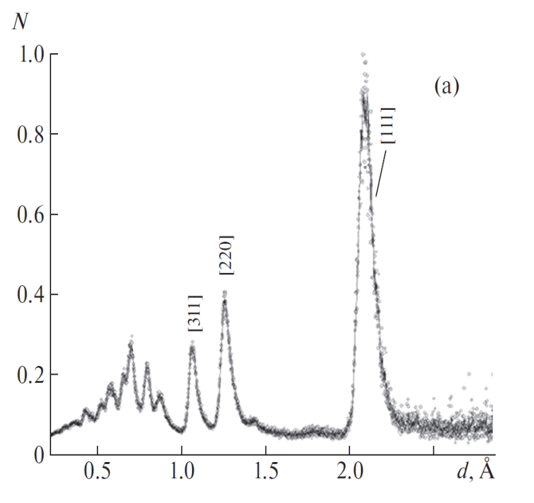
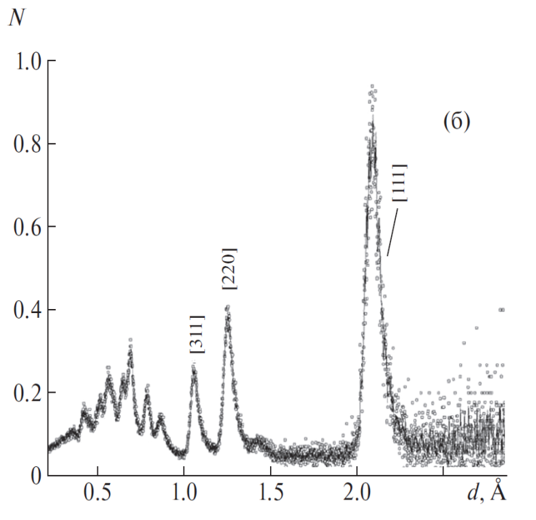
Fig 6. Time-of-flight spectra measured on synthetic diamond powder using helium (a) and new scintillation (b) counters
Conclusion.
1. The efficiency of 75% was obtained for designed counters, comparable to the efficiency of the helium counters.
2.The time resolution of the counters is better than 1 µs, that allows the use of detectors for time-of-flight measurements.
3.Low sensitivity to gamma quanta ~10–7.
4.Absence of thermal noise at the threshold of 10 ph.e. and temperature of +30 0C.
5.Low voltage supply: +33V, +6V, – 6V.
6.The same values of power voltage and thresholds for all counters. No needs for individual tunings. Simple and noise-immune electronics.
7.It is possible to manufacture the detectors with the length up to several tens of cm.
